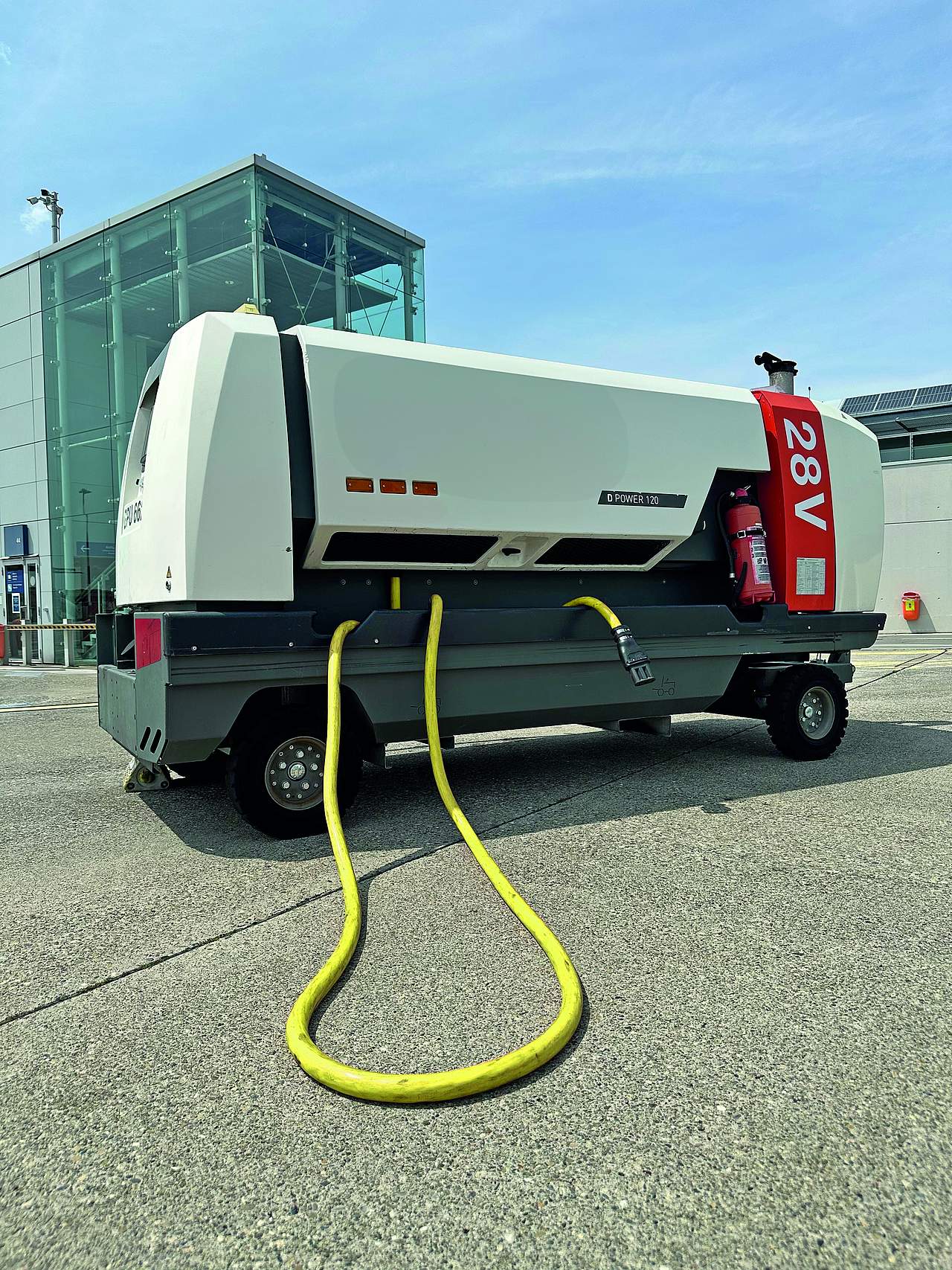Why do aeroplanes work with 28V DC or 270 V DC and how do DC applications differ from 115/200 V AC at 400Hz?
By using multiple voltage levels, an optimal compromise between weight, efficiency, safety and performance can be achieved for different aviation requirements.
28V DC is the standard, especially for smaller aircraft and many on-board devices. 28V DC provides sufficient voltage to efficiently operate standard equipment such as lighting, avionics, hydraulic systems and low to medium power electric motors.
Compared to 12 V DC (e.g. in motor vehicles), less current flows at 28V DC for the same power, which reduces cable cross-sections and weight. On-board batteries and battery-backed emergency power supplies are also operated with 24 V DC, which makes operation and charging during flight more efficient.
28V DC was standardised early on in aviation, particularly in the military sector, and this standard has been transferred to civil aviation for smaller aircraft and helicopters. Low voltage is synonymous with safe operation: 28V DC is below the voltage limit classified as dangerous for humans, which increases safety during maintenance and operation.
Key facts 28V DC
- safe, lightweight, battery compatible
- ideal for low power requirements
270V DC is used in larger or heavily electrified aircraft where hydraulic and pneumatic systems have been replaced by electrical systems. Here, the current can be significantly reduced while maintaining the same power output. This allows for thinner and lighter cables, lower heat losses in the lines, and more efficient energy transmission over longer distances in the aircraft compared to 28V DC – particularly relevant for high-performance aircraft.
Many high-performance devices such as actuators, electric drives for flight control, or air conditioning systems operate more efficiently at higher voltages. Conversion losses are lower at the DC voltage level: devices that require high voltages can be operated directly with 270V DC in parallel with the 28 VDC system (standard in avionics systems) without a converter. This saves weight.
A robust PUR outer jacket ensures a longer service life due to lower abrasion compared to classic rubber cables and is ideal for demanding applications in aviation.
Key Facts 270V DC
- Efficient for high-performance applications
- Reduces cable weight, thereby simplifying handling
- Ideal for high-performance aircraft with high system integration
- Robust PUR outer jacket for longer service life compared to rubber cables
- 270V DC poses risks and is potentially life-threatening – therefore requires special handling rules
115/200 V AC (400Hz) alternating current is used in aviation for higher power requirements, especially for larger aircraft and systems that require high efficiency and reliability. It enables the supply of devices with higher power requirements compared to 270V DC and is the most widely used standard in aviation.
Key facts 115/200 V AC (400Hz)
- offers high performance and efficiency for large electrical systems
- enables the use of use of (standard) AC consumers, which are also widely used in aviation
Key facts DC-Systems (Direct Current)
- for the stable and reliable operation of avionics and emergency systems
- DC systems often require less complex devices such as transformers that would be required for AC systems
- DC systems enable lighter power power supply and distribution components
- DC systems are less susceptible to electromagnetic interference (EMC) than alternating current systems (important for the electronically sensitive environment of an aircraft)
- Aircraft use batteries as an emergency power source. Batteries inherently provide direct current, so direct use of DC systems reduces losses and complexity
Key facts AC-Systeme (Alternating Current)
- For high power devices and systems. Alternating current requires additional converters to supply devices with different voltages or frequencies, which increases weight and complexity
Do you have any questions about our products? Your direct line to our experts! Contact
Download: General information on 28V DC / 270 V DC / 115/200 V AC


